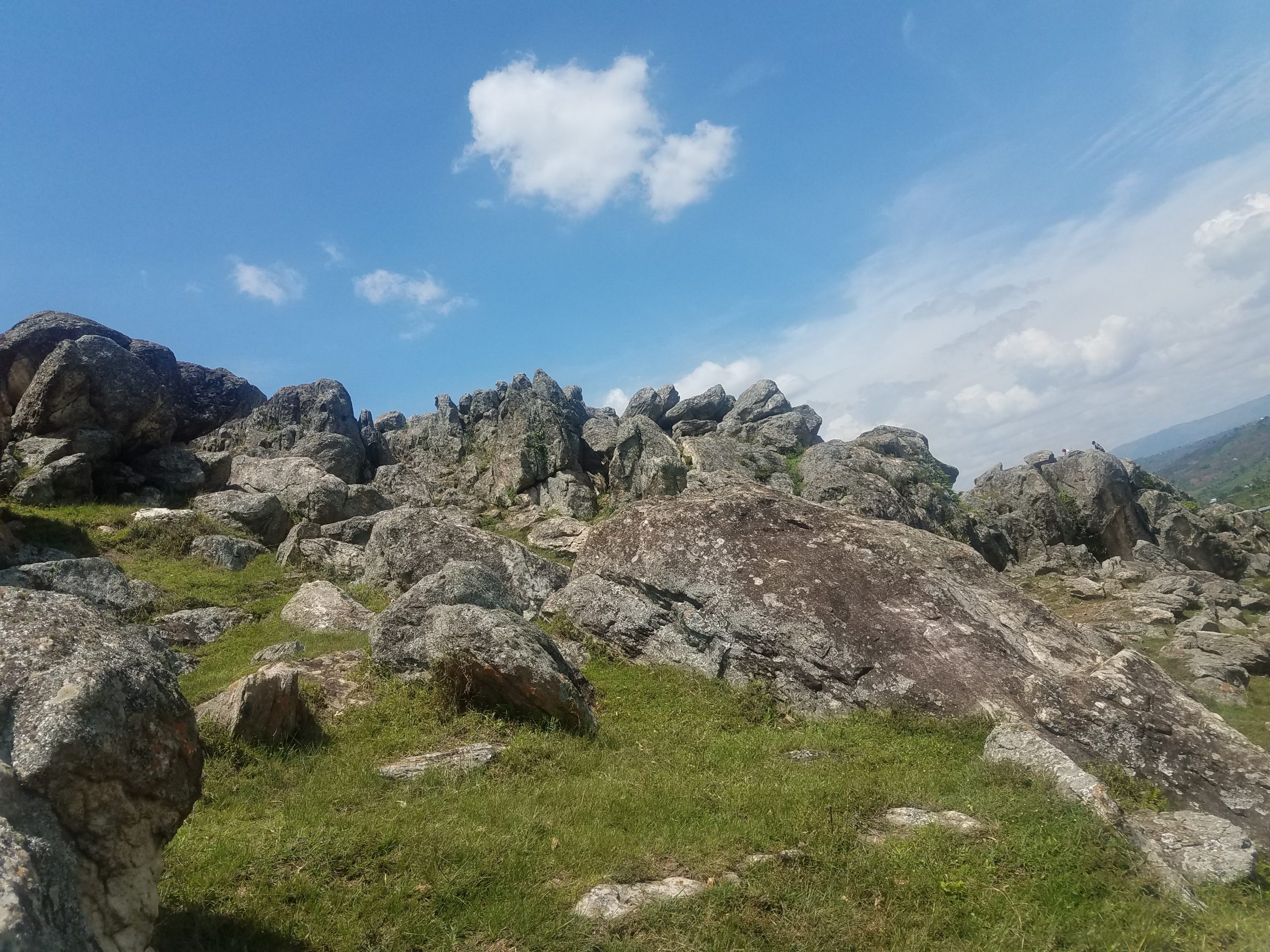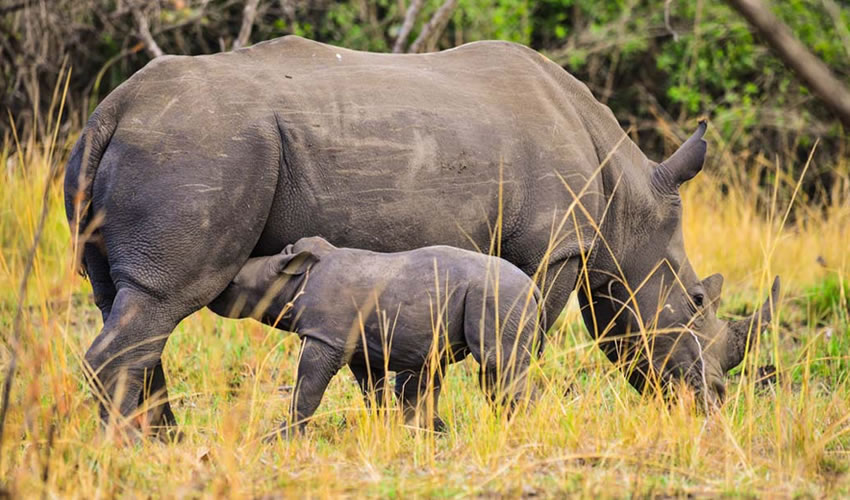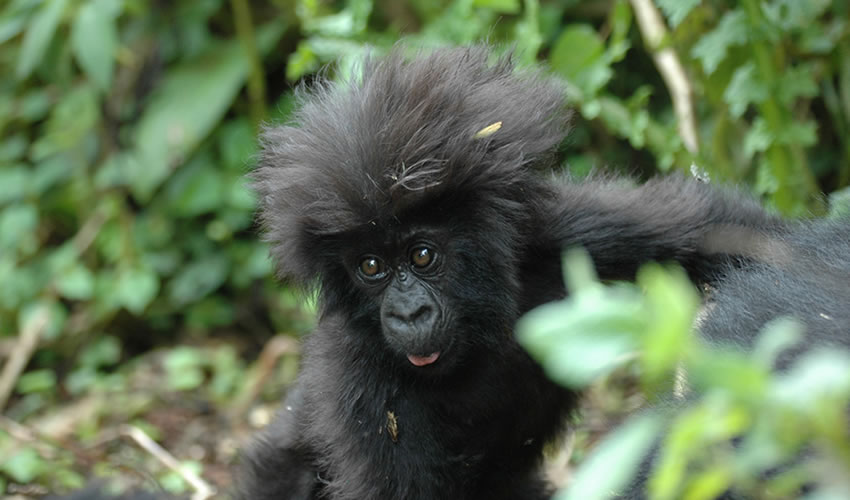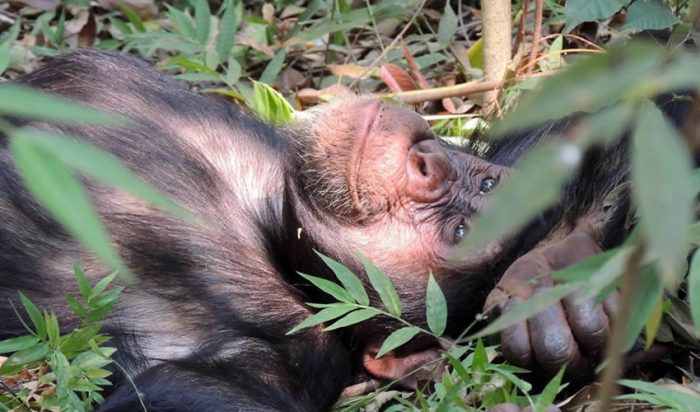
The best time to visit Rwanda
The best time to visit Rwanda is during the drier time frame from June to September and December to early February. The climate in Rwanda is affable thanks to its tropical mounds, where temperatures vary little from place to place. During the said dry season among June and September, Rwanda sees light heavy cover and intermittent light rush. The thoroughfares and ways will more frequently than not be simpler to explore in this period. This is viewed as the stylish season to see mountain hoods. The Kwita Izina Ceremony, which is held every time in June in Rwanda, is also where all of the baby hoods born in the former time are named. Hiking is also stylish during the dry season. You can journey to see mountain hoods in Rwanda outside of these peak seasons, but be apprehensive that it may be more delicate due to rain and steep, muddy hiking paths. Because you’ll be hiking to the mountain hoods in the thick, tropical jungles of Rwanda, you’ll need to be in nicely good physical condition before you begin your journey
The best time to visit Rwanda is not limited to the dry season. During the long stretches of January and February, high and medium-height locales containing Kigali, Lake Kivu along with Volcanoes Public Park and Nyungwe Public Parks, are warm in the day however cool in the nights. It’s hot during the day in low-lying areas like Akagera National Park, but it’s warm at night.
You will have complete access to forests, lakes, and mountains during the shorter rains in November and the longer rains in March and May, and gorilla permits may occasionally be less expensive.
The best time to visit Rwanda for Photographers may even be the rainy season because the forests have less light contrast, allowing them to concentrate on their subject. The stormy seasons, from March to May and in November, are the ideal times for following chimpanzees. Also, it’s quieter then.
April sticks to this same pattern with May’s wet circumstances. This is the month when Rwandans and friends of Rwanda commemorate the 1194 Genocide against the Tutsi which affected every part of the country. On April 7th, the annual Genocide Memorial Day is observed, and the following week is designated as a special time of national mourning. Take this opportunity to visit some of Rwanda’s moving memorials and marvel at the almost unbelievable progress that has been made since then.
For climbers and hikers, hiking around the volcanoes will be difficult at this time of year when choosing places to visit in Rwanda. The downpours start to ease by mid-May. This is a good month to avoid the crowds of tourists and possibly get a last-minute permit for gorilla trekking. May is the time of year when the breeding season begins, and the skies are filled with colorful, beautiful birds.
Terrain: Rwanda is home to 23 lakes, five volcanoes, multitudinous gutters, and is appertained to as the” land of a thousand hills.” 10,169 square long hauls or 26,338 square kilometers make up the country. A significant part of the nation lies at rises nearly in the range of 1,500 m and 2,500m. Mount Karisimbi, at 4,507 measures, is the loftiest peak, and the Rusizi swash, at 950 measures above ocean position, is the smallest point. The home is in numerous cases crooked and reasonable shoes are abecedarian.
What to Wear: The dress code is casual but respectful. Shorts are acceptable for men, but it is frowned upon to walk around without a shirt. Men typically wear trousers. Women will be more at ease in dresses that are knee-length or longer.
Since daytime temperatures tend to be warm, pack plenty of lightweight clothing and consider sun protection, such as sunglasses and a hat. The evenings are typically cool, so a light sweater is recommended.
In Volcanoes Public Park and Nyungwe Public Park somewhat heavier dress is valuable. In the moist mountains, a lightweight waterproof jacket might come in handy.
Try not to don blue in Akagera Public Park, which draws in tsetse flies, and play it safe against mosquitos and different chomps.
Wear sturdy footwear and clothing to guard against stinging nettles when tracking gorillas. In addition to gaiters, think about bringing gloves for gardening or leather.
For the individuals who wear contact focal points, cleaning liquid isn’t promptly accessible and residue or sun could demonstrate a disturbance, so it’s ideal to bring a couple of glasses along for inner serenity.
Peak temperatures rarely exceed 30°C (86°F) in the daytime or drop below 15°C (59°F) at night. Akagera is generally the warmest and the Virunga mountains the coolest. The average daily temperature in Kigali is 21°C (70°F).
Loyal Tours & Safaris will happily design an itinerary that suits your preferences. Book with us!



